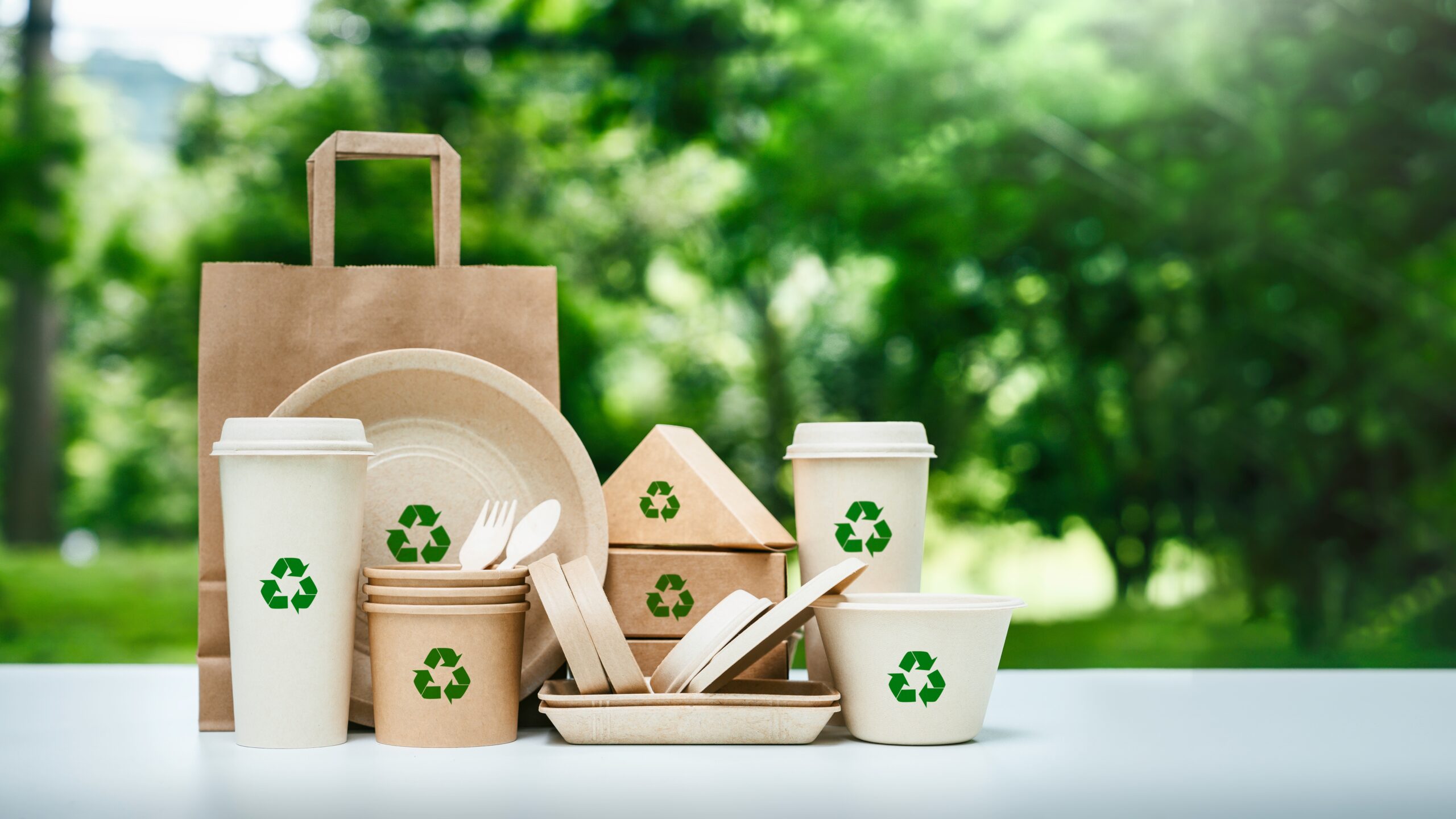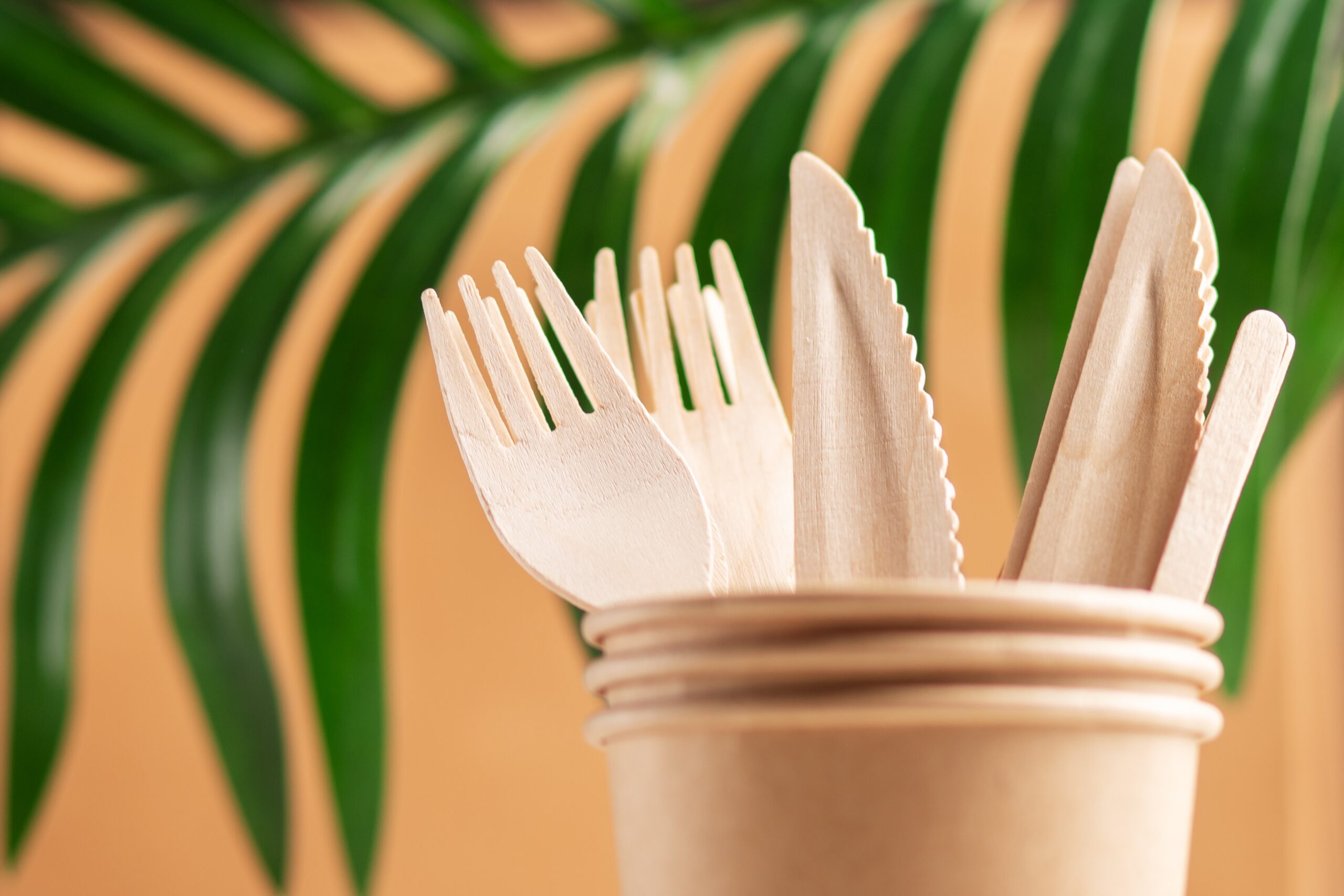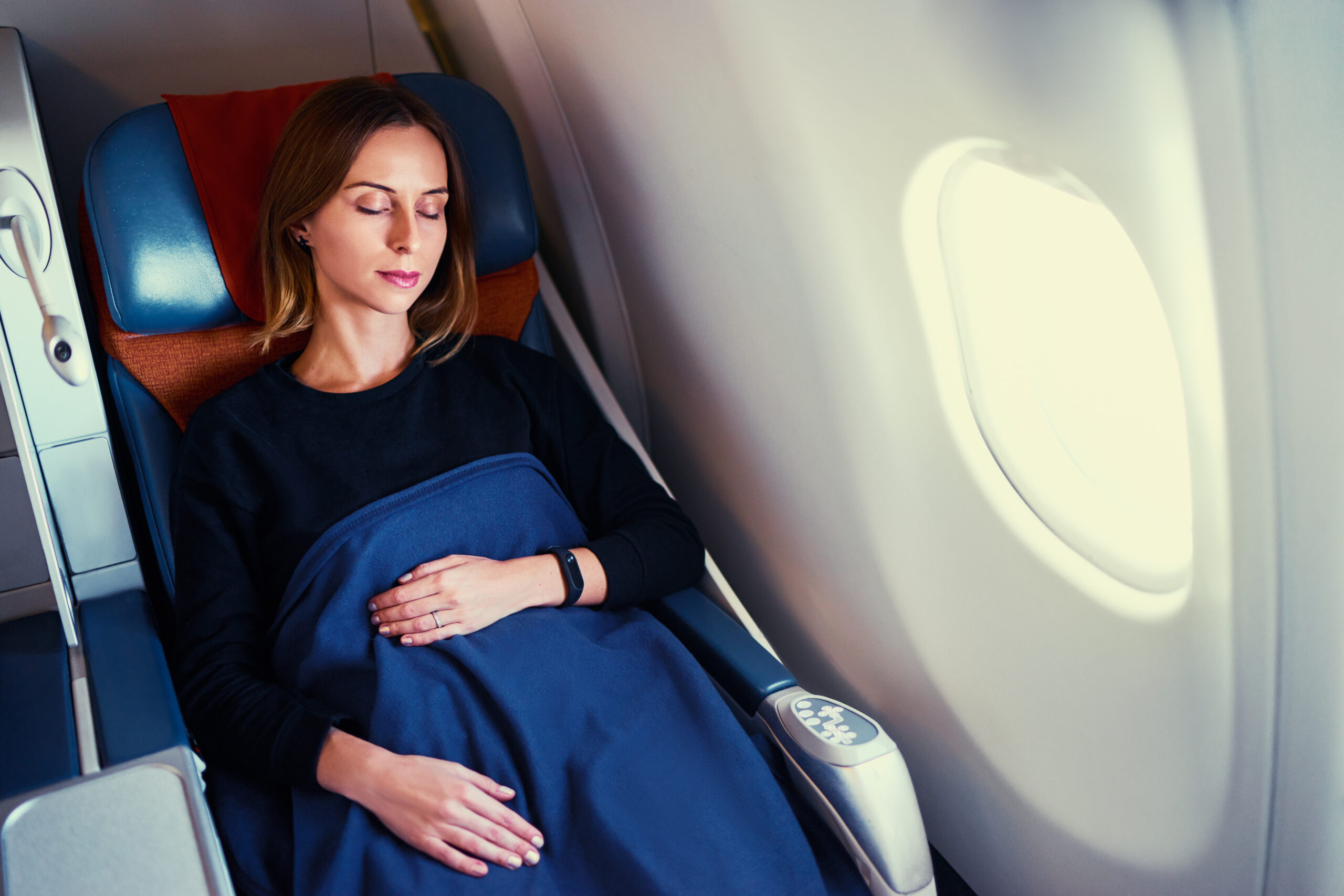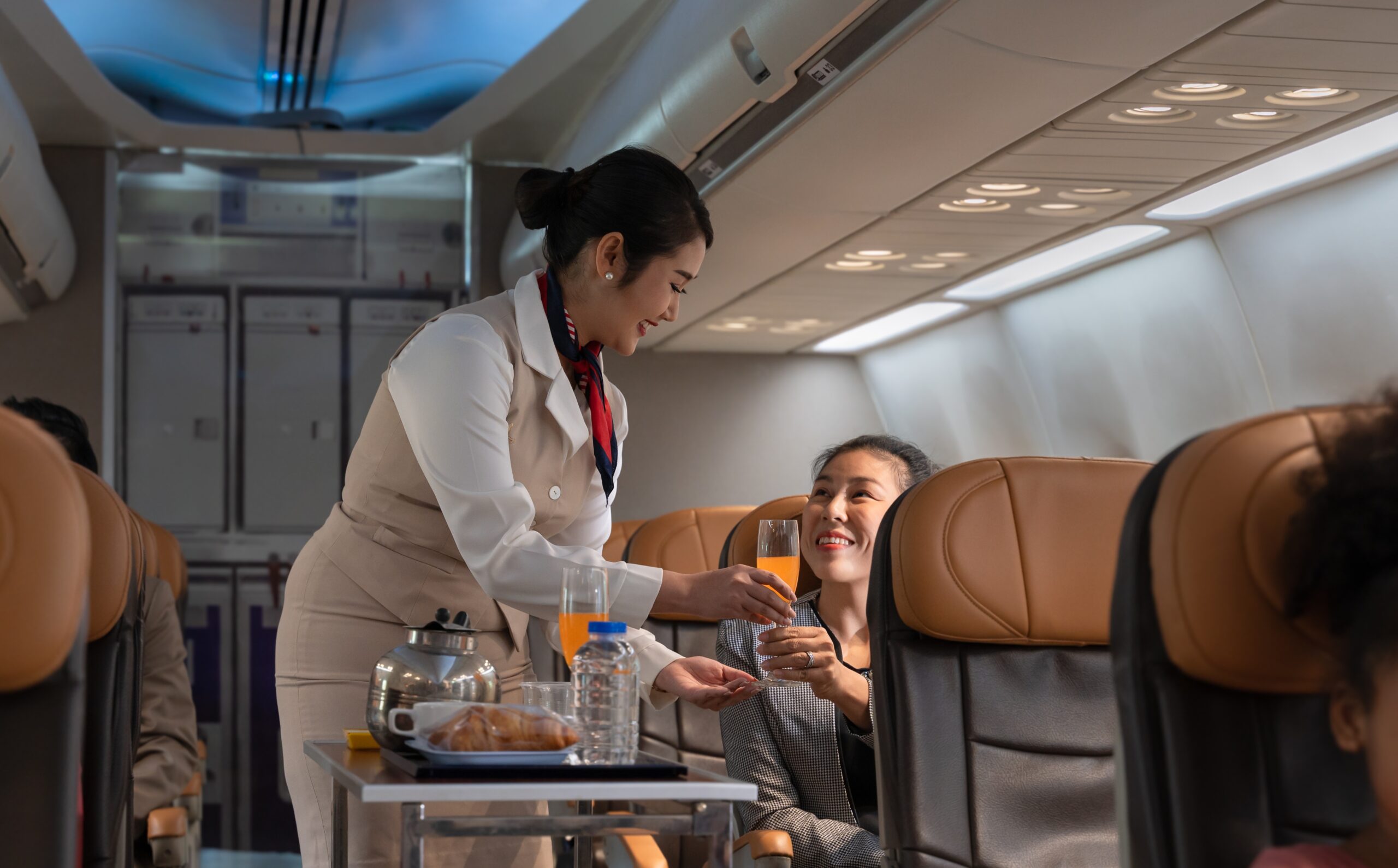What Travel Brands Should Know About Bamboo Cutlery
A fork isn’t just a fork anymore. It’s a brand impression, a sustainability signal, and a design decision and it’s all delivered on a tray table at 35,000 feet. Today’s travelers are paying more attention to what they touch, use, and throw away during a flight, and serviceware is part of that story. Airlines are taking a closer look at every component (from the weight of a fork to the packaging on a cutlery kit) to align with their sustainability goals and onboard design standards.
Bamboo cutlery continues to gain traction across travel segments because it works. It’s lightweight with a polished, clean feel passengers notice the moment they pick it up, and it’s made from one of the fastest-growing renewable resources on the planet. It’s also versatile enough to work across service classes while aligning with broader environmental strategies.
RMT Global Partners has spent years helping travel brands navigate these choices. We’ve seen how small changes in eco-friendly products can shift perception and reduce waste at scale. Sustainable cutlery is one of the ways we help airlines make inflight service more thoughtful, functional, and sustainable.
What Makes Bamboo a Sustainable Choice
Bamboo is one of the fastest-growing plants in the world, reaching maturity in a fraction of the time it takes hardwoods. That rapid growth makes it a renewable option for cutlery kits and sustainable dishware without the depletion concerns tied to traditional wood sources.
Its sustainability goes beyond growth rate. Bamboo cutlery is naturally compostable and requires minimal chemical processing during manufacturing. It grows densely without the need for heavy irrigation or synthetic fertilizers, which keeps its production footprint low. The result is a strong, lightweight material that feels smooth in the hand and performs reliably in flight all while carrying a smaller environmental impact.
Bamboo also stands out when strength, finish, and appearance matter, especially in mixed-class service where presentation and performance both count. It meets function and form with less environmental cost.
Design That Works for Travel
Bamboo cutlery offers more than an eco-friendly story. It feels smooth in hand, holds up well with hot or cold meals, and avoids splintering or rough edges. For passengers, it delivers a better onboard dining experience. For crew, it’s easy to handle and quick to distribute.
Its compact size makes it ideal for cutlery kits where space is limited and functionality is non-negotiable. Whether it’s a salad served on a short-haul or a hot entrée on a transcontinental route, bamboo performs reliably across service types.
RMT Global Partners tests all sustainable eating utensils under real-world travel conditions to ensure they meet expectations once they’re in the air. From storage in galleys to mid-flight distribution, every detail is designed to support smooth service. That includes selecting finishes and formats that align with onboard routines and hold up through handling, stacking, and fluctuating temperatures. The result is bamboo cutlery that does its job well and reflects the quality of the brand it flies with.
Customization Meets Sustainability
Sustainability doesn’t need to come at the expense of design. Bamboo cutlery can be laser-etched with logos, tinted with food-safe dyes, or packaged in compostable wraps that maintain a clean, minimal footprint. These small decisions can carry a brand’s identity from tray table to touchpoint.
Cutlery kits are often among the first physical items a passenger interacts with during a meal service. When thoughtfully designed, they create consistency across the cabin and communicate care in the details. RMT Global Partners helps airlines and travel brands tailor sustainable dishware and utensils to fit their service style, color palette, and operational flow. We know that a better inflight experience doesn’t come from generic stock items, it’s shaped by design choices that reflect the brand behind the meal.
That includes guiding decisions that affect everything from finish and shape to packing efficiency and post-use disposal. With experience across global carriers and routes, RMT knows how to balance creativity and supply chain practicality while ensuring the final product works for the brand, the crew, and the planet.
Smarter Material Mixes for Smarter Service
Bamboo cutlery is often part of a larger material strategy onboard. Many airlines combine it with other sustainable cutlery options like bagasse cutlery, biodegradable paper packaging, or reusable formats like Tritan glassware. Each material serves a purpose, depending on the route, meal type, and how quickly items need to be loaded, served, and cleared.
RMT Global Partners works with airlines to develop combinations that make sense operationally and still meet environmental goals. Bamboo performs especially well in short- to mid-haul service, where compostables are easier to manage and passenger touchpoints are brief but important.
Used well, bamboo cutlery doesn’t feel like a compromise. With the right product mix and design direction, bamboo cutlery enhances the inflight experience and supports long-term goals.
Let’s talk about how bamboo and other sustainable eating utensils can support your onboard service strategy. Get in touch with RMT Global Partners to explore smart, flexible options that work for your cabin.






